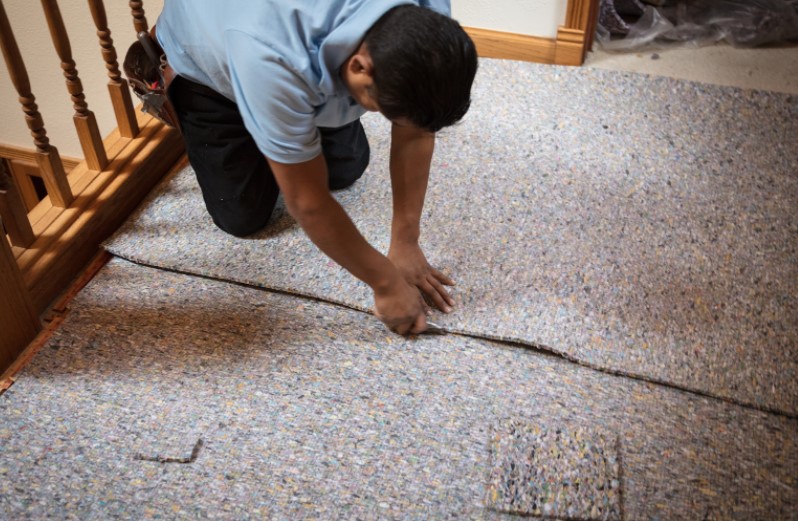Are you undertaking a home improvement project and want to install a new carpet in your home? This is a beautiful addition to your space, and you should install it right. Although you may want to hire professional installers, your budget may not allow you. And this may force you to go the DIY way. You want to avoid making blunders, though! And there are various tricks to doing this right.
Check out tips to guide you:
1. Acquire the right tools
Some people believe that installing a new carpet is a simple task involving cutting the pieces with an ordinary kitchen knife. But doing this will damage your carpet, which can be costly.
Acquire the right tools for the task before embarking on the project. These may include a hammer, utility stapler, tin-snips, chalk-line, and a utility knife. Other handy tools include a seam iron, power stretcher, and knee kicker. Still, you may need extra equipment depending on the type of carpet.
2. Buy extra if going for patterned carpets.
Cutting and seaming pieces to match the pattern in a patterned carpet is difficult, and you’ll incur much wastage. It’s recommended that you add an extra 10% to account for the wastage. You may also incur more waste if installing a huge carpet.
3. Use a stretcher
It may seem simple to lay your carpet without a stretcher, but the results will be disastrous, with wrinkles and lumps appearing sooner than you expect. However, a stretcher can brace against the walls to stretch the carpet taut across the entire room. Also, a knee kicker will help you push the edges into corners and the tack strips. Learn how to use tools beforehand, and engage professional carpet fitters if not ready for this.
4. Use tack strips between the walls& leave a gap.
Tack strips are pieces of wood with sharp-pointed tacks. Affix them to the subfloor around the room’s perimeter to act as an anchor point for the carpet’s edges. Don’t push them all the way to the wall; instead, leave gaps between the strips and the wall. Besides, you’ll need some space to tuck the edges of the carpet over the strips.
5. Don’t lay padding over the strips.
Don’t use padding over the strips. Have it within the inner side of the perimeter formed by the strips. Again, don’t let it come into contact with the edges of the tackless trips or overlap them. Otherwise, you’ll end up with a big lump at the edges of your carpeting. Use high-quality padding no matter the type of carpet.
6. Use the pile direction as a guide when seaming.
All carpets have a pattern, and seaming the pieces requires much attention. Check the design direction, even in non-patterned rugs, and maintain a consistent pile in all the pieces.
Final thoughts
Installing a carpet in your home isn’t as easy as many people think. Although you can do this by yourself, you can make serious mistakes and ruin the entire look of your home. Acquire the right carpet material and color and engage a professional carpet installer to achieve that appealing look.

